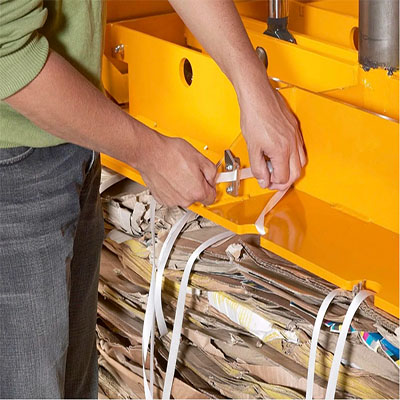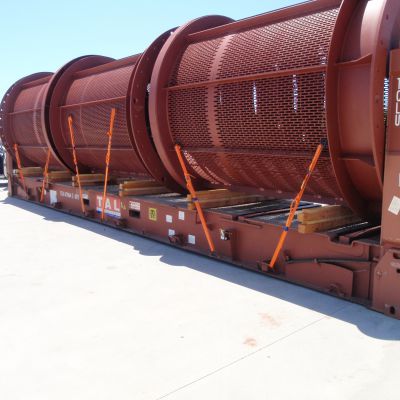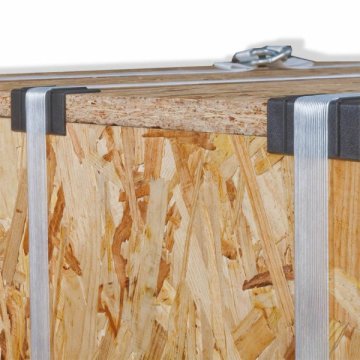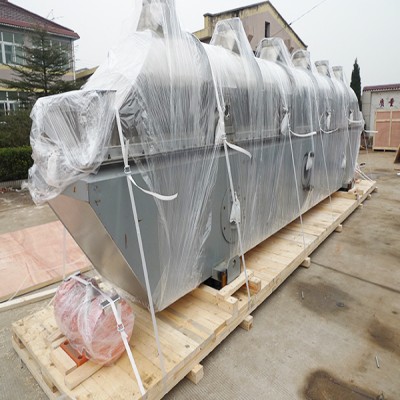Baler Press Strapping Used in Waste Compressor: A Comprehensive Guide
Introduction
Waste compressors are essential equipment for reducing the volume of waste materials, making them easier to handle, transport, and recycle. One of the key components in waste compressors is baler press strapping, which plays a crucial role in securing and compressing the waste materials. In this article, we will discuss the importance of baler press strapping in waste compressors, the different types of strapping available, and how to choose the right one for your specific needs.

Importance of Baler Press Strapping in Waste Compressors
Baler press strapping is used to secure and compress the waste materials inside the waste compressor. This helps in reducing the volume of waste, making it easier to handle and transport. The strapping also prevents the waste materials from spilling out during the compression process, ensuring a cleaner and safer working environment.
Types of Baler Press Strapping
There are several types of baler press strapping available in the market, each with its unique characteristics and advantages. The most common types of strapping used in waste compressors include:
1. Steel strapping: Steel strapping is known for its high strength and durability. It is ideal for compressing heavy and bulky waste materials like scrap metal and large plastic containers.
2. Polyester strapping: Polyester strapping is lightweight, flexible, and resistant to moisture and corrosion. It is suitable for compressing a wide range of waste materials, including paper, cardboard, and plastic.
3. Polypropylene strapping: Polypropylene strapping is lightweight and cost-effective, composite strapping: Composite strapping combines the strength of steel with the flexibility of polyester or polypropylene. It is suitable for compressing heavy and bulky waste materials while providing better flexibility and resistance to breakage.

Choosing the Right Baler Press Strapping
When choosing the right baler press strapping for your waste compressor, consider the following factors:
1. Waste material: The type of waste material you are compressing will determine the suitable strapping type. Heavy and bulky waste materials require stronger strapping like steel, compressor design: The design of your waste compressor will also affect the choice of strapping. Some compressors are designed to work with specific types of strapping, so it is important to consult the manufacturer's recommendations.
3. Strength and durability: Consider the strength and durability of the strapping to ensure it can withstand the compression forces and handle the weight of the waste materials.
4. Cost: The cost of the strapping should also be considered, especially if you are compressing a large volume of waste materials. Polyester and polypropylene strapping are generally more cost-effective than steel strapping.
5. Environmental considerations: If you are concerned about the environmental impact of your waste compressor, choose strapping materials that are recyclable or biodegradable.

Conclusion
Baler press strapping is an essential component in waste compressors, playing a crucial role in securing and compressing waste materials. By choosing the right type of strapping based on the factors discussed above, you can ensure that your waste compressor is efficient, safe, and environmentally friendly.
BSTSTRAP
Whatsapp:+86 186 5722 7862
E-mail:claire@bststrap.com



